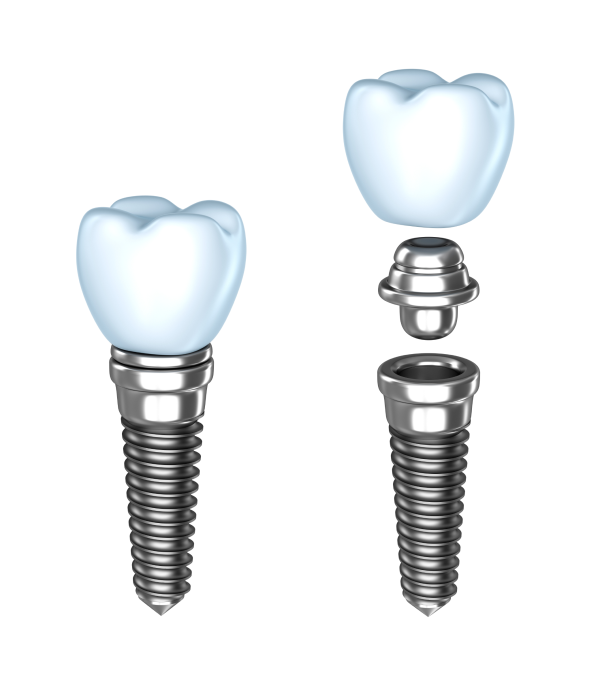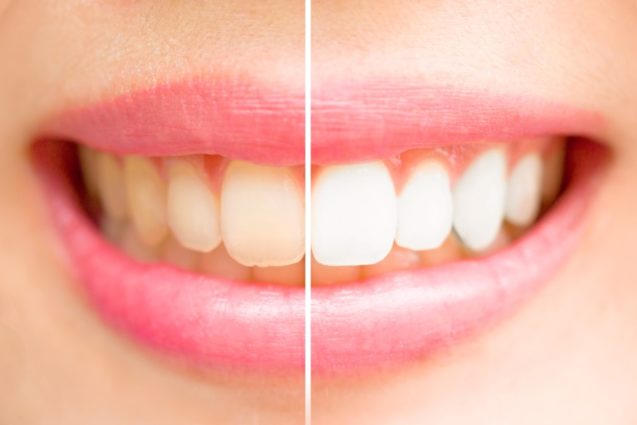By hassan
21 Feb, 2017
Dental Braces, Health Tips
3 types of implants, best dentist mississauga, bright smile, broken tooth, dental care, dental health, dental implants, dental implants blog, dentist, dentist mississauga, Dr. Hassan Dental (formerly radiant dental), endosteal implants, local tooth corner, lose tooth, missing tooth, subperiosteal implants, tooth corner, transosteal implants, types of dental implants, what are dental implants
Dental implants can help fix any missing, broken or loose teeth. They can turn our damaged smiles, into a beautiful ones! But did you know there are 3 types of implants? You do now! Read below and find out what implant you might need!
What are Dental Implants?
First, lets start with a brief introduction into what exactly dental implants are, case you’ve never had one. They are metal posts or frames that are surgically positioned into the jawbone beneath your gums. Once in place, they allow your dentist to mount replacement teeth onto them. They are a safe and proven effective replacement for the tooth root – the very foundation of a natural tooth.
Types of Implants
Now that you know what a dental implant is, find out the 3 types and what they mean for your teeth and overall health.
- Endosteal Implants: In this type, the tooth roots are replaced by screws, cylinders, or blades that are usually made of titanium or ceramic material. The implant is surgically drilled into the jawbone that helps to hold the artificial teeth in place. Thus, these implants lie completely inside the jawbone, well below the gums. However, artificial teeth are not directly connected to endosteal implants. So, once the dental implant is inserted into the jawbone, a post is connected to the implant. The artificial tooth is then securely placed over the post
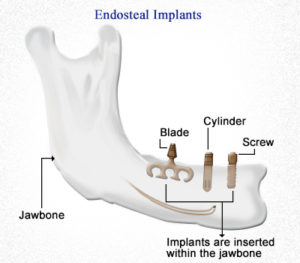
- Transosteal Implants: These implants that can be fitted only to the lower jawbone are generally not recommended as the surgical procedure is complicated and extensive. The procedure involves attaching a metal plate at the bottom of the jawbone, with screws running through the jawbone, and the posts embedded within the gum tissue. An incision is made below the chin to fix the plate with screws and posts on top, to attach the artificial teeth. However, these implants are not available at a pocket-friendly price as they have to be customised according to the width and height of the jawbone. This will ensure that the implant fits correctly on the individual.
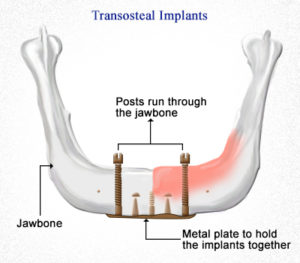
- Subperiosteal Implants: a metal framework is firmly secured on the jawbone, but the framework lies below the gum line. Metal posts are again necessary, and appear to be projecting outwards above the gum line through the metal frame. The procedure is time-consuming, has minimal success rate, and can result in post-surgical scars.
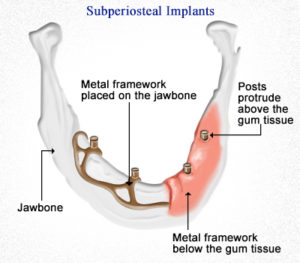
Dental implants also come in different sizes and heights, including standard and narrow. Call Dr. Hassan El-Awour’s Dental Office to book an appointment to help you determine what option is right for you, which depend on the tooth or teeth that need to be replaced.
More
By hassan
11 Feb, 2017
Dental Care, dental prevention tips, dentist, Health Tips
best dentist mississauga, bright smile, brushing teeth tips, brushing your teeth, dental care, dental prevention Archive, dentist, Dr. Hassan Dental (formerly radiant dental), how to brush your teeth, tips on healthy teeth, tooth corner, toothbrush
We’ve all heard our dentists tell us to “brush twice a day and floss regularly.” But is that all you need to do to build strong teeth and gums? Not exactly. The following are many do’s and don’ts of brushing your teeth to ensure they stay at their healthiest, strongest and brightest.
Tooth Brushing Dos:
- Brush with fluoride toothpastes and gels. Fluoride is a naturally occurring element that helps prevent and even reverse early stages of tooth decay.
- Choose a toothbrush that is appropriately sized and use a soft-bristled brush. Bristles that are too hard can injure your gums and cause recession.
- Brush for 2 minutes covering all sections of the mouth (upper, lower, inside, outside or behind). A motorized (electric or battery-operated) toothbrush with a timer can be a great choice; as most people don’t realize 30 seconds per mouth section is a long time. Don’t forget to use short, gentle strokes that cover one or two teeth at a time.
- Brush shortly after you’ve consumed anything particularly sweet or chewy, in addition to the normal two times a day (morning and bedtime). If it’s not convenient to brush, rinse with mouthwash or water to wash away food particles, sugar residue and to help dilute acids produced by decay-forming bacteria.
- Replace your toothbrush every 3 months or whenever the bristles start showing signs of excessive wear. Also replace after any illness (cold, flu, etc.). Germs can live on the bristles so if you continue to use the same toothbrush, it could lead to reinfection.
- Brush your tongue once a day with a toothbrush or tongue scraper. Sulphur-emitting bacteria can reside on the tongue surface and are largely responsible for bad breath. One or two swipes from back to front will suffice to reduce the bacterial count in your mouth and help control halitosis.
- Keep toothbrush heads dry after use.
Tooth Brushing Don’ts:
- Don’t ever share toothbrushes with anyone, even your family members. Germs and gum disease can be transferred via moist brushes.
- Don’t brush your teeth within 30 minutes of consuming acidic (citrus fruit) foods or beverages (juices, sports drinks, soft drinks). The acids soften the tooth structure and make them more susceptible to abrasion through brushing.
- Don’t use a hard-bristled brush or excessive force. You are cleaning your teeth and gums, not the grout between your bathroom tiles! Be gentle.
- Don’t allow children 2 years old and under to ingest toothpaste. Children should always brush teeth under the supervision of an adult. Tip: Children need assistance with oral hygiene until they possess the dexterity to tie their own shoelaces.
- Don’t forget to rinse! Rinsing collects and discards all of the bacteria you just brushed from your teeth and gums and prevents it from re-depositing on the tooth surface.
- The Most Important Don’t: Don’t forget to schedule regular checkups with your dentist (Like us) every 6 months. Bi-annual professional cleanings and exams are the easiest way to avoid painful and costly dental problems in the future.
Share this with your friends and family and let us know if you have any other tips to keeping your teeth healthy!
More

